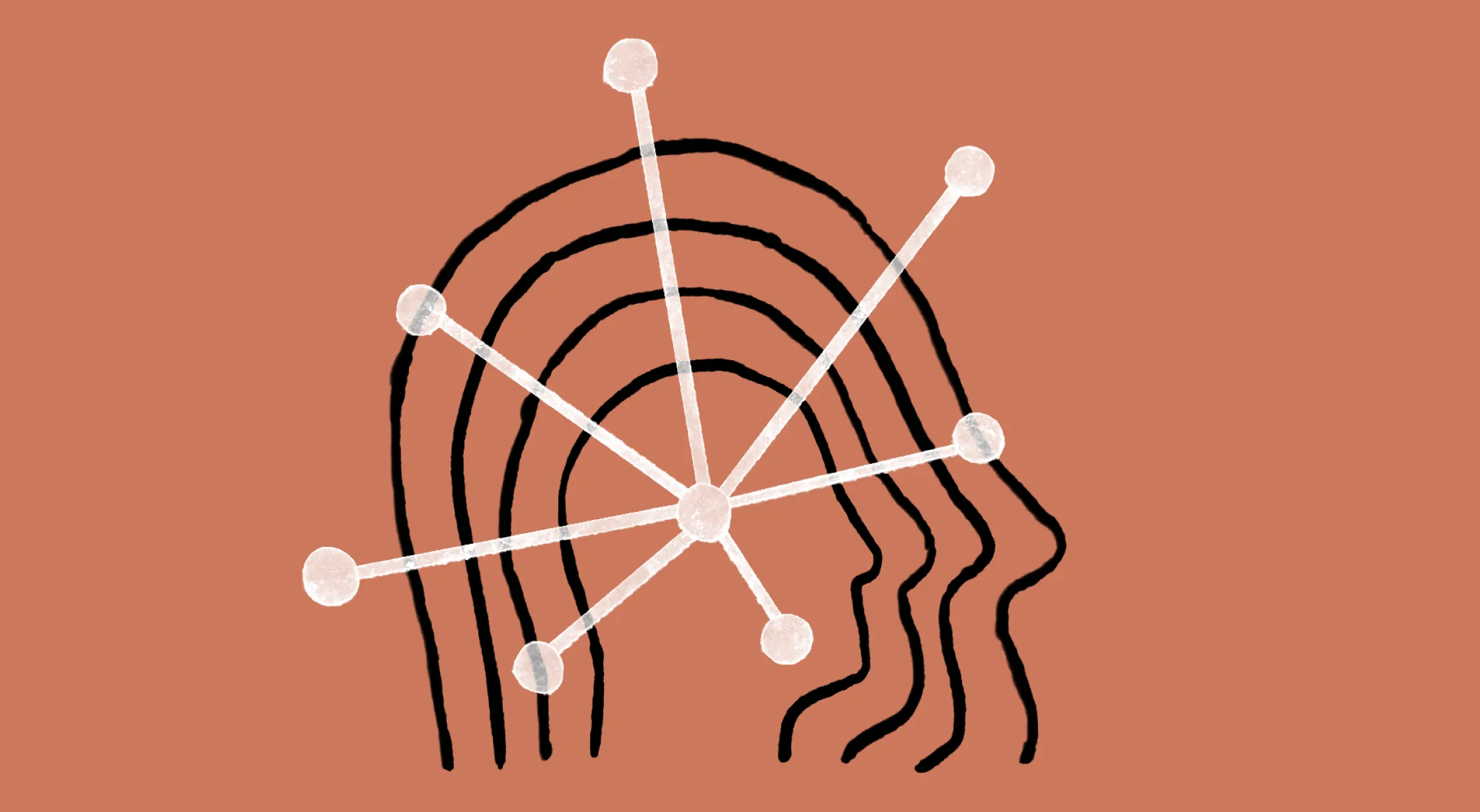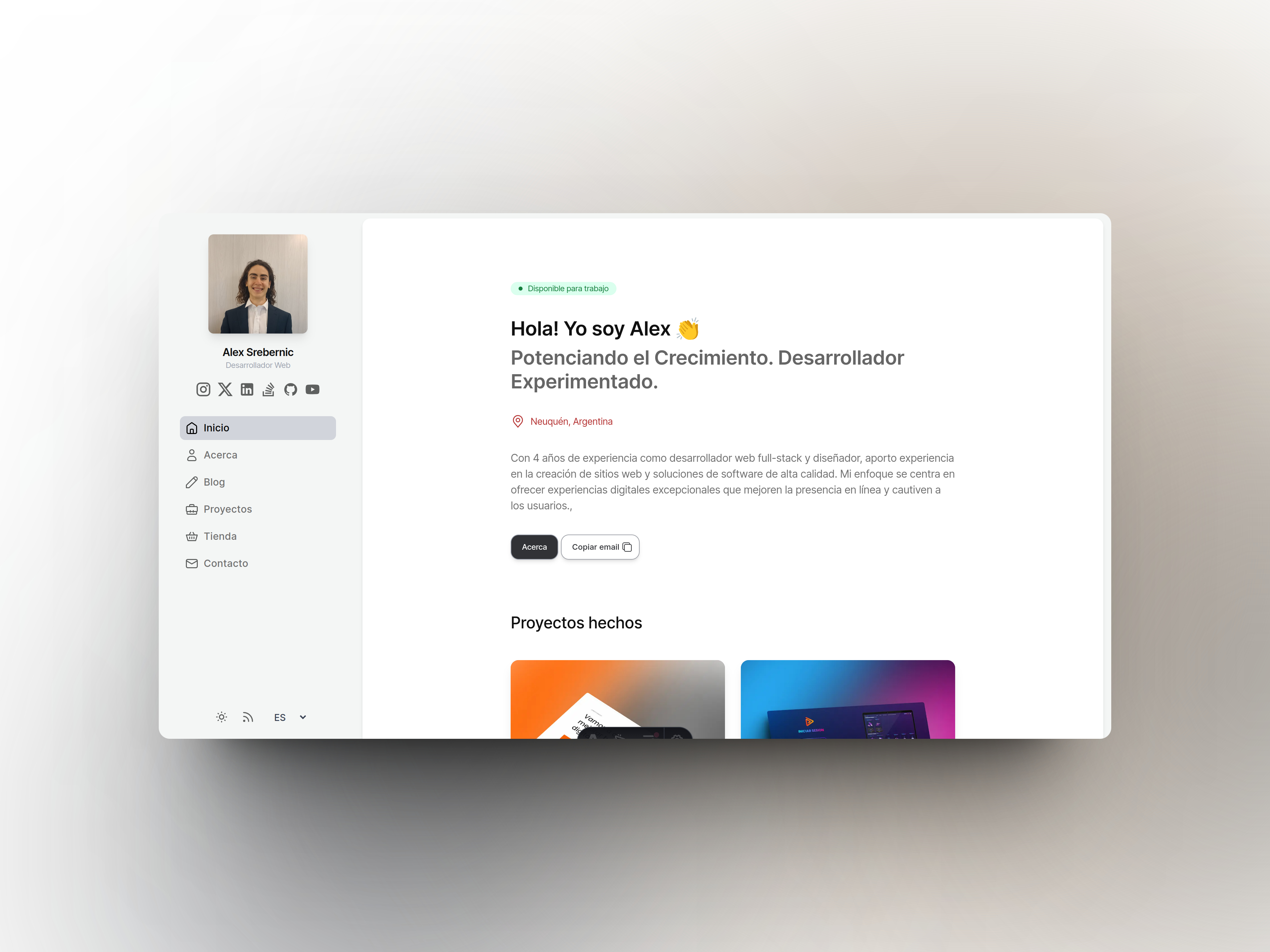· experiences 5 min read
My Experience with Claude.ai: Transforming Software Development with AI
Over the past few months of developing with artificial intelligence, I decided to acquire the Pro version of Claude. I want to share how this tool has significantly impacted multiple aspects of my journey as a programmer, revolutionizing my approach to software development and content creation.

Intentions and Context
In this article, my goal is to offer you a detailed vision of how artificial intelligence, specifically the Pro version of Claude, has transformed my workday as a software developer. I’ll tell you what motivated me to start using it more frequently, how it has revolutionized my way of creating software and content, and even how it has influenced my learning process. Of course, I’ll also share the tangible results I’ve experienced thanks to this tool.
The Beginning of My AI Journey: From Fascination to Skepticism
My adventure with artificial intelligence began in early 2023 when I first encountered ChatGPT 3. The experience was, to say the least, disconcerting. On one hand, I was fascinated by the potential I glimpsed; on the other, I was terrified by the idea that all my previous work and study might become obsolete. In retrospect, I realize I didn’t fully understand the power of the tool I had at my fingertips.
Inspired by what I saw on Twitter (now X), where people were creating simple web pages with AI, I decided to embark on my first project: a to-do app developed entirely with artificial intelligence. At that time, ChatGPT 3 wasn’t as advanced as it is now, and the development process was quite tedious. However, I managed to create a considerable amount of code in very little time, which impressed me enormously.
After this initial experience, my use of AI was mainly limited to school tasks and simple queries. Although I researched a bit about “prompt engineering,” at that time I considered it an immature field and decided not to delve deeper.
The Discovery of Claude: An AI Designed for Programmers
At the beginning of this year, while browsing Twitter, I noticed a growing interest in a new artificial intelligence called Claude. At first, I didn’t pay much attention to it, considering it just one among the many that had recently emerged. However, what caught my interest was the enthusiasm of numerous programmers who praised the quality of the code it generated.
At that time, I was working on a Web3 project that required the use of tools unfamiliar to me. I decided to give Claude a chance and see what it could offer me. Initially, it seemed very similar to ChatGPT 3.5 and didn’t impress me much. I did notice that it had fewer “hallucinations” (errors or inventions in its responses) and that it was more accessible due to the lower saturation of users, but overall, it didn’t seem extraordinary to me.
Claude Sonnet: The Version That Changed Everything
For a while, I alternated between GPT and Claude for my development tasks. However, everything changed radically with the launch of Claude Sonnet. Immediately, I could appreciate a substantial improvement in the quality of the generated code, greater consistency in responses, and an expanded ability to handle more complex contexts.
I began to make the most of the 10 free daily interactions offered by the platform, but soon realized they weren’t enough. The improvement in my productivity was so notable that I could generate much more code than I ever imagined producing in a single day. This experience led me to make the decision to acquire the Pro version of Claude, an investment I don’t regret at all.
It’s true that in recent weeks Claude’s performance has experienced some ups and downs, mainly due to the exponential increase in its popularity and the consequent saturation of the language model. However, even during this period, I’ve continued to use it more than ever, and its performance has remained consistent with my expectations.
Tangible Results and Transformation of My Workflow
Since I began using Claude intensively, my way of programming has undergone a radical transformation. My role has evolved: now I focus more on supervising that the code meets the desired requirements. If something doesn’t work as I expect or I don’t understand a section, I simply highlight the problematic part and use the “Improve” or “Explain” functions to obtain clarifications or improvements.
This new dynamic has allowed me to achieve an impressive amount of work in record time. Some of the projects I’ve been able to develop or significantly improve thanks to Claude include:
- This very portfolio you’re reading.
- Smart contracts for blockchain projects.
- Automation scripts for various tasks.
- Complete projects for hackathons, some of which have received recognition.
- Final projects for programming bootcamps.
- Coding challenges for technical interviews.
The most impressive thing is that all these projects have been carried out with exceptional results and in much shorter timeframes than would have been possible without Claude’s assistance.
Conclusion: Claude as an Indispensable Tool for Development
After experimenting with various AI platforms, I can affirm that Claude is, so far, the language model that has convinced me the most for specific programming tasks. Its ability to generate high-quality code, understand complex contexts, and offer clear explanations makes it an invaluable tool for any developer.
However, it’s important to recognize that each tool has its strengths. For other tasks such as content creation, file analysis, or idea generation, I find that GPT-4 offers superior capabilities. Likewise, for the use of APIs in projects that require AI integration, GPT-4 mini has proven to be a more versatile option.
In summary, incorporating Claude into my workflow has revolutionized my productivity and the quality of my output as a developer. It has broadened my horizons in terms of what’s possible to achieve in tight timeframes, allowing me to tackle more ambitious and complex projects.
Resources for Mastering Claude
For those interested in making the most of Claude’s potential, here’s a list of resources that have been very useful to me in better understanding how to use this powerful tool:
- Experience of building an app with Claude
- Interactive prompt engineering tutorial
- Official Anthropic documentation
- Introductory course to language models
These resources will help you delve into Claude’s capabilities and optimize your interaction with AI to obtain the best results in your development projects.
Remember that the key lies in continuous practice and maintaining an open mind to adapt to the new possibilities offered by artificial intelligence in the field of software development.


